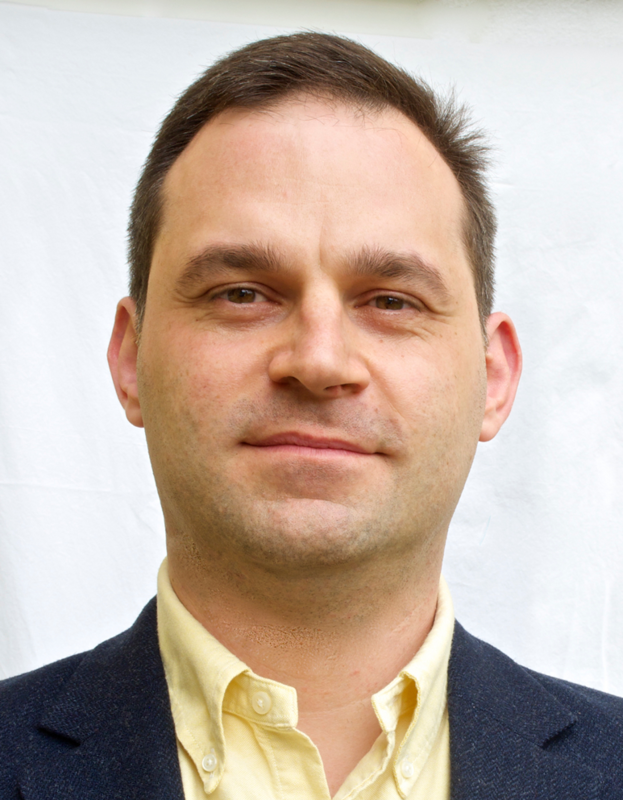Theory

Privatdoz. Dipl.-Ing. Dr.techn.Mario Pitschmann
Research Interests
My research interests concern phenomenological problems in theoretical nuclear physics. While my interests are diverse and lead me to work on a multitude of problems, I am especially attracted to problems providing insight into new physics beyond the Standard Model (SM).
© Atominstitut, Photo: Hartmut Abele
Together with Hartmut Abele and co-workers we investigate different gravitational and cosmological models in a table top experiment. This experiment, called the Qbounce experiment, allows to probe gravity acting on neutrons to the smallest distance scales ever reached by any means. This gives unique possibilities to probe different theories of gravitation. Among those are extensions of general relativity, e.g. Einstein-Cartan theory or more generically gravitational theories with different realizations of torsion. Furthermore, among the most prominent cosmological models aiming to explain the currently observed accelerated expansion of our universe, there are so-called quintessence models. In these models, a built-in screening mechanism prevents them from being ruled out by experimental data at solar distance scales and below but also from being observed by macroscopic
objects. Elementary particles, like the neutron, are generically insensitive to such screening mechanisms, which allows the Qbounce experiment to probe such models. The Qbounce experiment is sensitive to and employed to detect or constrain a host of other new physics models and concepts as e.g. extra dimensions or axions.
© Atominstitut, Photo: Harmut Abele
Another topic of investigation concerns the evaluation of hadronic electric dipole moments (EDMs), especially of the neutron. Since EDM contributions from the SM are highly suppressed, while most beyond SM physics models naturally predict comparably large contributions, EDMs constitute a practically background free observable for physics beyond the SM. In order to correlate EDM measurements of a hadronic system, like the neutron, with bounds on new high energy physics models, e.g. SUSY, GUTs etc., one has to evaluate hadronic matrix elements. This constitutes a highly non-trivial problem, since it necessitates to deal with QCD in the non-perturbative regime. The effects of new physics at the hadronic scale can be encoded in terms of a collection of effective field operators. The main task consists of evaluating the EDM of the neutron as induced by those field operators. To be more precise, one has to express the EDM of the neutron as a function of the Wilson coefficients of the corresponding field operators. While Effective Field Theory generically provides crucial input on EDMs, it contains certain unknown low energy constants (LECs), which have to be obtained by employing other techniques. One of the techniques, which principally satisfies those demands, is based on QCD Dyson-Schwinger equations. My research in this topic concerns the calculation of the neutron’s EDM as generated by the leading effective operators, which is one of the outstanding problems related to EDMs.
© Atominstitut, Photo: Harmut Abele
Of special importance is the precision analysis of neutron beta-decays, which provides an excellent laboratory for the search of new physics beyond the SM. The continuously increasing experimental accuracy, demands also from the theory side to ”keep up” and improve the theoretical accuracy. There are manifold problems to be dealt with here.
© Atominstitut, Photo: Hartmut Abele
Conference Organisation
I am organiser of ECT*-workshop: Dyson-Schwinger Equations in Modern Mathematics & Physics, opens an external URL
This workshop aims at bringing together physicists working on DSE in hadron physics, quantum gravity and physics beyond the SM with mathematicians working on Hopf algebras etc.
Selection of Invited Talks
CKM2014 (Vienna), opens an external URL in a new window: "Sensitivity of Neutron Beta Decay Observables to BSM Interactions, opens an external URL in a new window", opens an external URL in a new window
QCD14 (Ubatuba), opens an external URL in a new window: "Hadronic EDMs & Form Factors from Dyson-Schwinger Equations", opens an external URL in a new window
MITP13 (Mainz), opens an external URL in a new window: "Hadronic EDMs from Dyson Schwinger", opens an external URL in a new window
Duke13: "EDM bounds on Light Scalar Particles", opens an external URL in a new window
Publications
The list of publications may be found under https://inspirehep.net/literature?sort=mostrecent&size=25&page=1&q=exactauthor%3AM.Pitschmann.1, opens an external URL in a new window
Books
"Spannende Physik", opens an external URL in a new window, (co-author), Weber, 3 Volumes